
- Za darmo
ebook Environmental safety of biowaste in the circural economy
Odkryj najważniejsze aspekty bezpieczeństwa środowiskowego biomasy w gospodarce o obiegu zamkniętym dzięki tej kompleksowej publikacji. Wydana przez Politechnikę Częstochowską w 2021 roku, ta anglojęzyczna książka skupia się na kluczowym elementie zrównoważonego zarządzania odpadami biodegradowalnymi.
Według danych Banku Światowego, do 2050 roku populacja ludności może wzrosnąć o ponad 9 miliardów osób. W tym samym czasie zapotrzebowanie na energię ma prawie się podwoić, a potrzeby wody i żywności mają wzrosnąć odpowiednio o około 60%. Nieuniknione jest również zwiększenie ilości odpadów biodegradowalnych. Jeśli nie zostaną one odpowiednio przetworzone, mogą poważnie wpłynąć na jakość powietrza, wody i gleby, co ma istotne konsekwencje dla dostaw żywności, energii i wody. Jednak odpady oferują również ogromną szansę, jako surowiec do produkcji energii odnawialnej oraz wartościowych produktów.
Książka zawiera rozdziały poświęcone znaczeniu biomasy i innych odpadów biodegradowalnych w gospodarce o obiegu zamkniętym, uwzględniając aspekty środowiskowe, takie jak toksyczność czy sekwestracja węgla organicznego. Ta publikacja jest nieocenionym źródłem informacji dla inżynierów środowiska, biotechnologów, badaczy i studentów zajmujących się procesami odpadów organicznych, a także dla operatorów oczyszczalni ścieków i zakładów przetwarzania odpadów organicznych.
Zanurz się w lekturze tej fascynującej książki, która nie tylko dostarcza cennych informacji, ale także zachęca do refleksji nad wyzwaniami i możliwościami stojącymi przed naszym światem. Czytaj, pobieraj ebook w formacie PDF i odkrywaj najlepsze publikacje cyfrowe dostępne w sklepie z ebookami!
Spis treści ebooka Environmental safety of biowaste in the circural economy
PrefaceChapter 1
Identification of organic and inorganic contaminants presented in sewage sludge and biowaste
Monika GAŁWA-WIDERA
Chapter 2
Analysis of the suitability of currently used methods for assessing the toxicity of contaminants found in sewage sludge and biowaste
Katarzyna CYGNAROWSKA
Chapter 3
Targeted recovery of energy and matter: review of technologies for the recovery of matter from biowaste sewage sludge
Ewa SIEDLECKA
Chapter 4
Review of technologies for the recovery of energy from sewage sludge/biowaste
Ewa OKONIEWSKA
Chapter 5
Creation of a systematic, descriptive review of the main sewage sludge/biowaste processing technologies
Katarzyna WYSTALSKA
Chapter 6
Improvement of biowaste management by identifying and promoting the best available technologies and practices
Rafał NOWAK
Chapter 7
Identification, quantification and prioritization of technological solutions from the point of view of environmental impact
Elżbieta SPERCZYŃSKA
Chapter 8
Identification of factors that may influence bioprocessing technology in the future
Iwona DESKA
Chapter 9
Evaluation of the effectiveness of currently used methods of identification of microorganisms in soils
Urszula KĘPA, Ewa STAŃCZYK-MAZANEK
Chapter 10
Determining the relationship between the properties
of sewage sludge/biowaste introduced into soils and the level of microbiological activity of soils
Beata BIEŃ
Chapter 11
Identification of the main limitations related to the agricultural use
of products from biowaste and products produced on their basis,
the impact of processing technology on the occurrence of contaminants
Beata KARWOWSKA
Chapter 12
Influences of sewage sludge as a biowaste on the development of phytopathogens
Dorota NOWAK
Chapter 13
Collection of data on technologies for the production of sludge/biowaste products for agricultural applications
Agnieszka POPENDA
Chapter 14
Evaluation of the effectiveness and stability of assessment indicators and modelling of the degree of organic carbon sequestration of soil
Krzysztof REĆKO
Chapter 15
Assessment of the effectiveness of bioremediation of degraded areas
with the use of stabilized sewage sludge and other biodegradable waste
Anna JASIŃSKA, Małgorzata KACPRZAK
Chapter 16
Circular economy guide
Magdalena MADEŁA
Chapter 17
Life cycle assessment (LCA) – application of the process
Rafał NOWAK, Elżbieta SPERCZYŃSKA
Chapter 18
Determination the criteria for selecting the best solutions for safe
biowaste management in accordance with the requirements
of closed-circular management, local market demand
and the paradigm ‘waste or a resource’
Lidia WOLNY
Szczegóły ebooka Environmental safety of biowaste in the circural economy
- Wydawca:
- Politechnika Częstochowska
- Rok wydania:
- 2021
- Typ publikacji:
- Ebook
- Język:
- angielski
- Format:
- Redakcja:
- Anna Grosser
- Liczba stron:
- 284
- Miejsce wydania:
- Częstochowa
- ISBN dla wersji papierowej:
- 9788371938504
Recenzje ebooka Environmental safety of biowaste in the circural economy
-
Reviews (0)

Na jakich urządzeniach mogę czytać ebooki?
- Za darmo




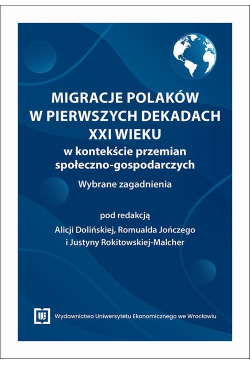

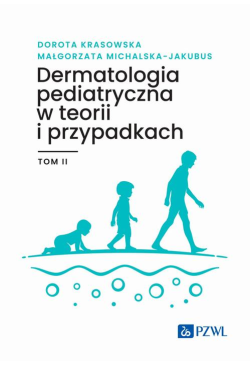
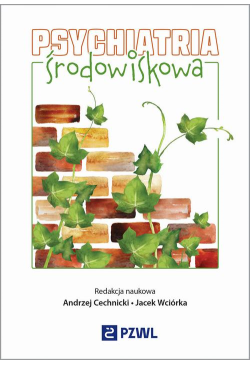
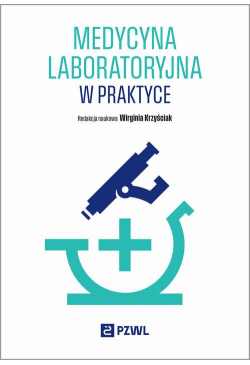
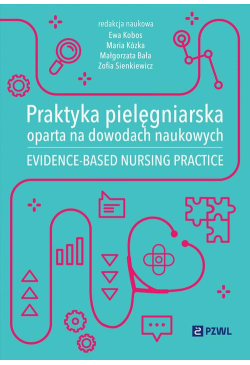
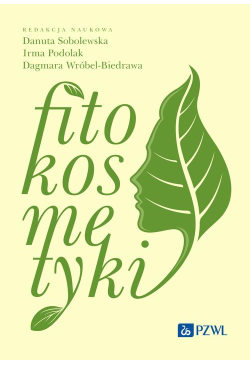
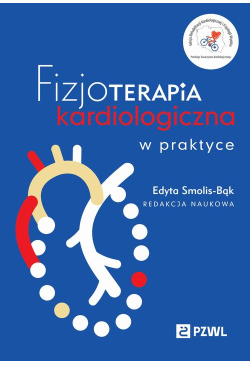
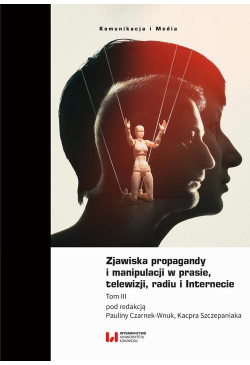
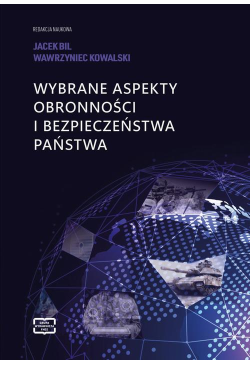
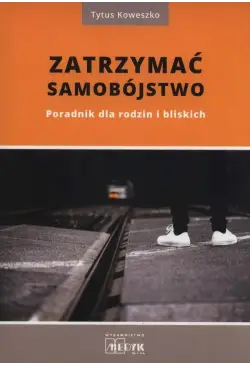
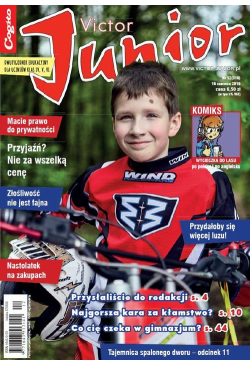

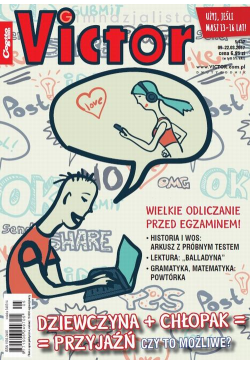
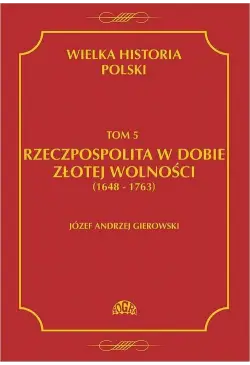



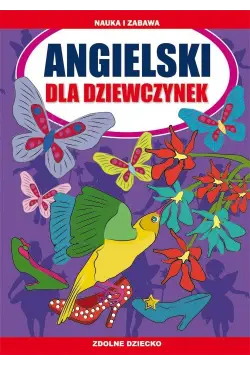
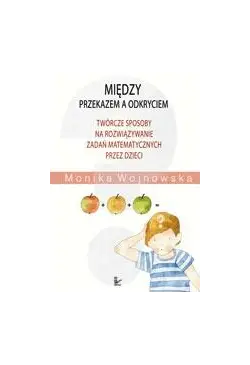

@CUSTOMER_NAME@
@COMMENT_TITLE@
@COMMENT_COMMENT@